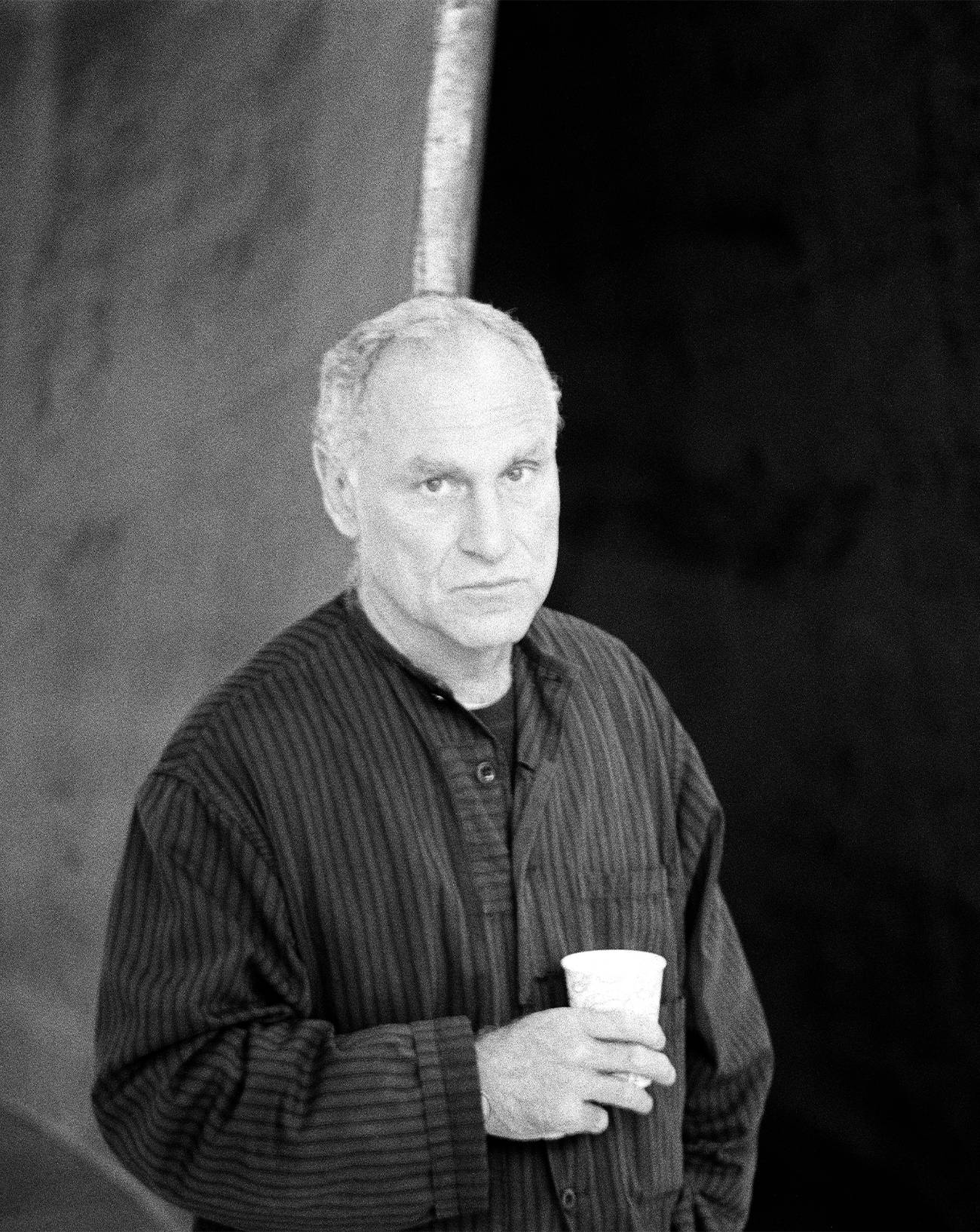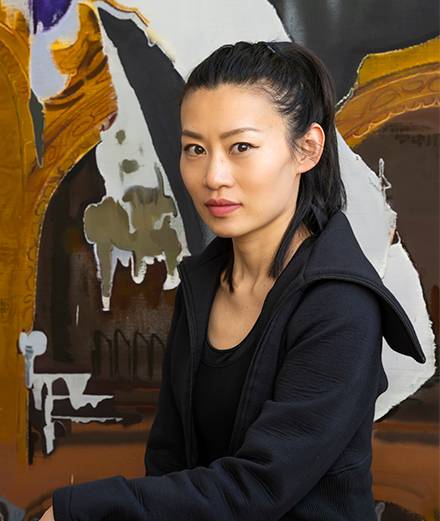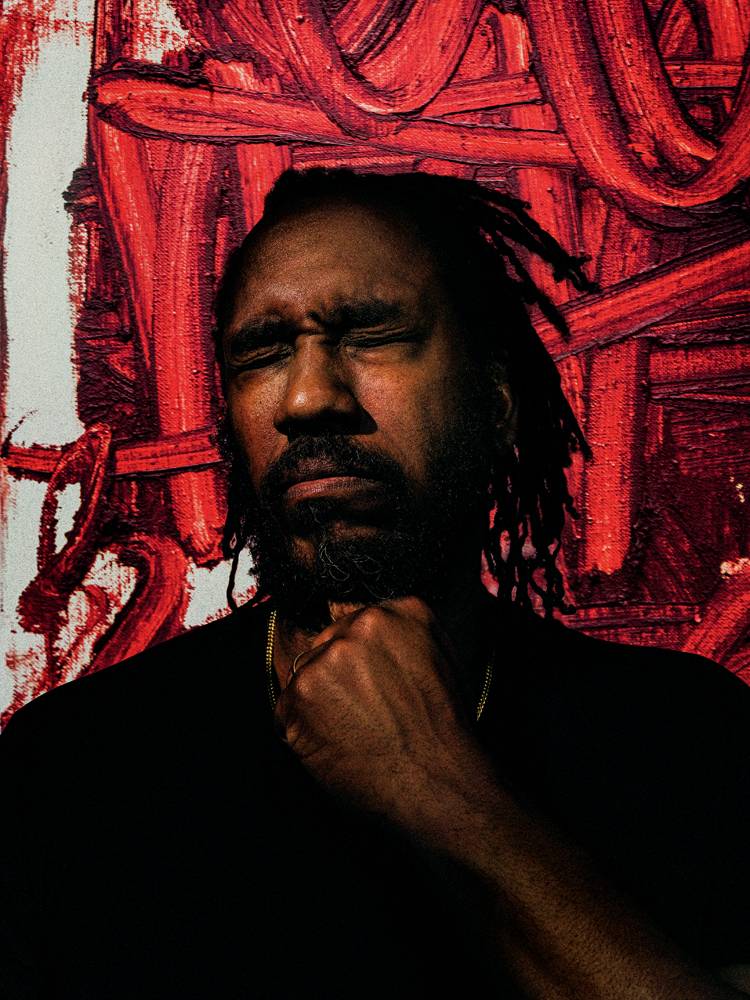

On 19 May 2017, the sale of Jean-Michel Basquiat’s 1982 Untitled canvas turned into one of the most enthralling battles in auction history at Sotheby’s New York. Auctioneer Oliver Barker announced that bidding would start at $57 million (€50 million). The work, a crude, black skull etched with vibrant colors over a blue background, went on to fetch $110.5 million, breaking the record for the most expensive American painting sold at auction. The buyer, Japanese entrepreneur and collector Yusaku Maezawa, wasn’t interested in the Basquiat because of status or investment value. “When I rst encountered this painting, I was struck with so much excitement and gratitude for my love of art,” he wrote in an Instagram post of himself with the piece dated 19 May 2017. “I want to share that experience with as many people as possible.”
That passion is precisely what drives Eric Shiner – senior vice president at Sotheby’s newly established -art division – to connect and cultivate relationships with the collectors. “When you’re standing talking in front of something with someone, and they light up like a Christmas tree, and want to know everything about it, that’s when you know,” he explained over coffee about a month after the record-breaking sale. Although auction houses have a reputation for being staid and stuffy, Sotheby’s is anything but. The week before, it held an exhibition entitled The Art of VR that showed off the latest in virtual-reality innovation; in Armory Week this March, Sotheby’s partnered up with BMW to hold a dinner and performance by rising artist Brendan Fernandes in the automaker’s 57th Street dealership; while in 2015, its private-sales and gallery arm, S2, collaborated with rapper Drake to curate an exhibition that included artists like Basquiat, Glenn Ligon, Renée Cox and Carrie Mae Weems. No longer just a means for selling works collectors no longer want, the house has evolved into a multiplatform machine that courts collectors as much as it cultivates the careers of living artists and furthers the legacies of those deceased.
“As with anything in the art world, it’s all about the relationships, and just constantly having that dialogue.”
“I knew the company was all about innovation and change,” said Shiner, “ and that’s exactly what I’ve been able to do here: rethink the business on a very large scale, what we do, how we do it, who we do it with, who we promote.” For Shiner – who arrived at Sotheby’s a little over 18 months ago from The Andy Warhol Museum in Pittsburgh, which he directed – moving from the non-pro t to the pro t sector was a bit of a learning curve. “I’ve never done this before. Luckily I come from a family business, a family of entrepreneurs. We had a chocolate company, so I grew up selling chocolate, which isn’t too horribly different at the end of the day – selling wonderful things that make people happy,” says the Pittsburgh native. No two days are alike for Shiner, since he travels roughly 30% of the time for work. The the night before he had returned from Europe, where he attended Art Basel, travelled to Venice to see the Biennale, and then to Greece, to catch Kara Walker’s opening at Deste’s Project Space on Hydra. The day after the interview, Shiner was to travel to Atlanta to give a talk on Warhol at The High Museum. “You never know what’s going to be available, or what might pop up, or where you might have to go to see something,” he explains.


While the three Ds – death, divorce and debt – traditionally drive auction houses, Shiner maintains that it’s much more than chasing after prospective sellers who need to lighten their load. “That’s certainly a historic element of the business if you want to be very blunt, and it’s still the immediate need that people have,” he admits. But now, before each auction season, Shiner and his colleagues search for things that could go on the auction block, and then work with clients to see what they may go after. “As with anything in the art world, it’s all about the relationships, and just constantly having that dialogue with the client.” Diversity is also a key issue for Shiner, who would like to see more female and minority artists make strides at Sotheby’s. He cited the Basquiat sale last May as a big stepping stone towards that goal, since the record for the most expensive American painting sold at auction is now held by a black artist of Caribbean descent. While parity with white male artists is still a long way off, Shiner believes that the sale proves that things are progressing. “It says that people really are starting to pay attention to alternate voices and that things have changed.”
For him, the recent Basquiat sale is a sign that things aren’t slowing down. What’s more, Sotheby’s is touting itself as a destination to see art – for free.
Sotheby’s is also increasingly working with artists’ estates. Shiner and another key new hire, Christy MacLear, former CEO of the Rauschenberg Estate, are cultivating that area. “At the end of the day we’re helping the families or the boards strategize on how to move things forward and, if it makes sense, we’ll help them in an advisory capacity, building relationships with galleries or agents.” While the 2017 Art Basel and UBS Global Art Market Report stated that there was a 26% decline in the value of sales at auctions in 2016, Shiner believes it was due to the current unstable global climate. For him, the recent Basquiat sale is a sign that things aren’t slowing down. What’s more, Sotheby’s is touting itself as a destination to see art – for free. “It’s certainly not your old Sotheby’s anymore, because we want new and diverse and younger audiences to come here and feel comfortable here, and we’re working on ways to make the building more of a destination,” concludes Shiner.








